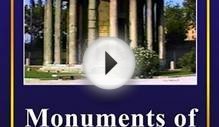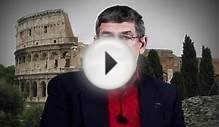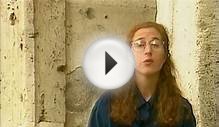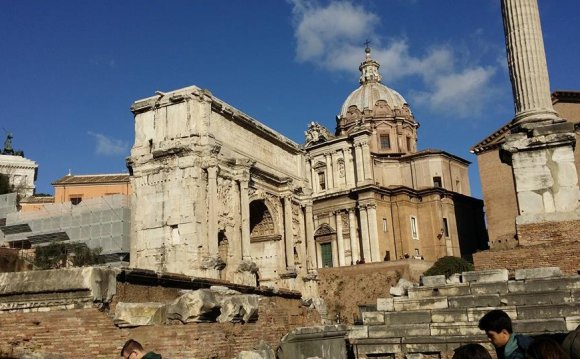
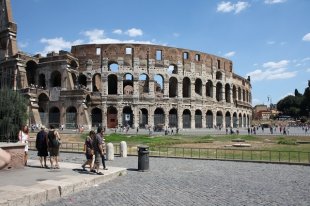 Rome has proven itself to be such a strong city, judging by its many monuments and structures that have withstood the test of time. Not all monuments in Rome are that lucky, but for a city so rich it’s such a shame for these monuments to go on living merely in history books. Hence, a lot of these monuments were reconstructed like the Pantheon and preserved like the Colosseum.
Rome has proven itself to be such a strong city, judging by its many monuments and structures that have withstood the test of time. Not all monuments in Rome are that lucky, but for a city so rich it’s such a shame for these monuments to go on living merely in history books. Hence, a lot of these monuments were reconstructed like the Pantheon and preserved like the Colosseum.
This amphitheater was originally used for entertainment – animals fought against animals and sometimes men are forced to fight against animals too. Aside from these bloody scenes however, there were also performances at the Colosseum by acrobats and musicians like flute players… Read more…
The original Pantheon was built in 27 BC. In 80 AD however, a great fire ravaged Rome which caused the destruction ofg many buildings, including the Pantheon. Between 118 and 125 AD, the Pantheon was rebuilt under the orders of Emperor Hadrian… Read more…
Once upon a time, the largest race course for horses with carriages was the Circus Maximus. A stage was located between the Palatine and Aventine Hills, and the Circus Maximus stood grandly for many years. The site was also used by the Sabines during celebrations that usually included horse racing and drinking… Read more…
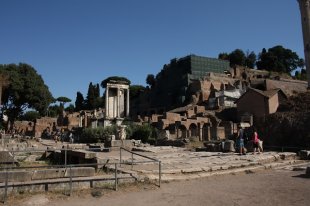 A complex of ruin situated opposite of the Colosseum on the Via dei Fori Imperiali, the Markets of Trajan is a good example of the architectures from Antiquity. It is built on the Quirnal, one of the seven hills of Rome… Read more…
A complex of ruin situated opposite of the Colosseum on the Via dei Fori Imperiali, the Markets of Trajan is a good example of the architectures from Antiquity. It is built on the Quirnal, one of the seven hills of Rome… Read more…
If you think pyramids can only be found in Egypt, think again. The Pyramid of Cestius may not be as big as those pyramids in Giza but it sure is just as grand… Read more…
Next to the Colosseum, the Spanish Steps is the most portrayed images of Rome. Both tourists and the locals love to linger around these stairs. It’s one of the best places to relax after a walking tour perhaps, while enjoying gelatos from a local side shop… Read more…
Despite being once a marshy valley, the Roman Forum was where everyone did their trade. It was also where everyone congregated like when there was election, a speech or a criminal trial… Read more…
In Ancient Rome, private baths were quite a fad. Baths were being built everywhere and the Baths of Caracalla was the second largest thermal baths in Rome. Aside from these private baths, there were also public bathhouses which were opened to everyone – poor, rich, male, female, young and old… Read more…
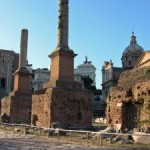 Domus Aurea
Domus Aurea
Back in 64 AD, a great fire raged through Rome. It has been said that Nero, who was emperor at that time, was the reason for this inferno. There was no evidence though. After the fire, Emperor Nero commissioned a large villa to be built right in the middle of the Rome, and called it Domus Aurea, which in English means Golden House.
This ancient square located on the Campus Martius, has long been hidden from the Ancient Roman society. Largo di Torre Argentina was discovered by the early 20th century excavations…Read more…
In Ancient Rome, burial traditions included burying their dead underground. Roman Christians believed in burying their dead after embalming and wrapping it in white linen. The rest of the Romans, believed in cremation and keeping the ashes in an urn. Read more…
Mamertine Prison
Prisoners in Rome experienced a harsher circumstance than today. They were tortured, strangled and left for weeks without eating at the Mamertine Prison, located at the outskirts of the Forum Romanum. Through a door in the sewers is where the Confederates escaped into the Tiber.
In English, it means Altar of Augustan Peace. It is an altar that was built for Emperor Augustus commissioned by the Roman Senate. As the name itself suggests, the altar symbolizes peace. When Augustus returned from Spain, the Romans finally had their peace and that had to be celebrated… Read more…
The Mausoleum of Augustus was built in a mound of earth at Campus Mauritius. It was constructed for Augustus and the members of his family. The original mausoleum consisted for four different layers, with the inner circle used as a central funeral basin. Today, the mausoleum is not open for tourists anymore… Read more…
RELATED VIDEO
